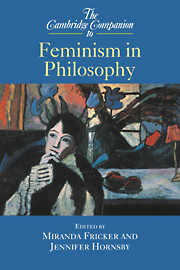The Histories begins with Herodotus' retelling of the Persian account of the origin of the enmity between the Greeks and the barbarians. He traces it back to the abductions of the four mythical women Io, Europa, Medea, and Helen. It is, in particular, according to the Persians, because of the Greek decision to retrieve Helen and thereby put an end to a pattern of reciprocal abduction whereby one woman is replaced by another, that a situation of permanent enmity was created (1.4.4):
The Persians say that while they, from Asia, did not make a big deal about the abduction of their women, the Greeks gathered a great army because of a woman from Lacedaemon, and then invaded Asia and destroyed the power of Priam. From that time on, the Persians have regarded the Greek people as their enemy. They think of Asia and the non-Greek peoples living there as their own, but regard Europe and the Greek people as utterly separate from themselves.
In this account of the beginning of the conflict, the culmination of the series of abductions and the physical marker of the enmity is the emergence of a fixed difference between Asia, inhabited by the Persians and other barbarians, and Europe, inhabited by the Greeks. Herodotus seems to stress not only the fixity, at least in the minds of the Persians, of this division between the continents but also, and perhaps more importantly, the created nature of this division. This separation between the continents did not always exist but was created by a process of historical differentiation. At the beginning of the prologue Herodotus speaks merely of the difference (diaphorē) between the Greeks and the Persians, but by the end of the narrative of the abductions, this difference has grown into a deep schism marked by an emphatic, though imagined, geographical boundary.









